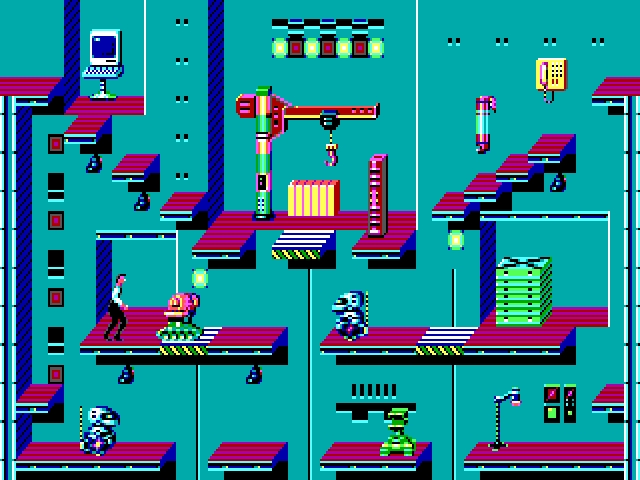
PC
Retro gaming is not exactly purview of Buried Treasure, but allow me this indulgence. Not least because one of my all-time favourite childhood games has just re-released on Steam some 32 years after its original release, and hasn’t so much as garnered a user review. That’s some buried treasure right there.
My relationship with Impossible Mission II was like that with many games of the era: I had no idea what I was supposed to be doing, but had a great time not quite doing it. At the age of 10, I would spend so very, very long plugging away at this platformer on my dad’s Atari ST, relishing in my favourite jump in all of gaming, and never, ever getting to grips with what I was supposed to be doing with all the tape recordings I was picking up. Because, you know, the internet wasn’t there yet.

Part of me is tempted to still not find out, because I really love that mystery. In Impossible Mission II, (and presumably Impossible Mission, I’ve no idea, I never played it – and it’s unlikely to get a modern Steam release since there was never a DOS version of that one (although it did appear on DS)), you were tasked with moving around tower blocks, using lifts, trying to search all the items in every room of each building. Doing so wasn’t easy at all, because the wonderfully distinctive enemies were deadly, often requiring perfectly timed forward-rolly jumps to avoid, each with their own distinctive movement patterns and attacks. But it was more than that – it was also about gathering clues, finding numbers to solve a code, and piecing together a piece of music from various cassette tapes that, when compiled correctly would… I’ve never had any idea. I never managed it.
Which is to say, I played Impossible Mission II as a roguelite. I started that game over from scratch so very many times, each time trying to progress a little further than before, better learning the nature of the enemies in the randomly generated tower layouts, and gradually making incremental improvements.

It wasn’t a roguelite, although it’s entertaining to notice just how much it has in common with the modern vogue. You could save, although I don’t think I ever realised that before. And you could die a whole lot, the consequence being six minutes removed from the eight hours with which you start any run. The idea is, I think, to complete the game in those eight hours, most of which will be spent from falling down holes, getting lasered by robots, or accidentally blowing yourself up on traps you just put down.
I’d honestly assumed that returning to this I’d be patronising it, having to separate reality from my idealised childhood memory. But you know what? Actually this is really good! There’s way more going on here than I’d remembered, and honestly, with a graphical brush-up and some non-ghastly sound effects, this could carry itself as a pretty decent rogue-ish platformer today.

It was made by Epyx, who had some big hits with products like California Games, Destroyer and of course 1983’s Jumpman. Sadly the company was all but gone just a year after IMII’s release, after some extraordinary business that led to their creating and abandoning the hardware that would eventually become the Atari Lynx!
This release comes via Pixel Games UK, whose website is so barren as to not even be updated to https. I’m not sure how they’re getting the rights to these olden games, but alongside California Games they’ve also put out Lost Patrol, Ocean’s Battle Command, and, er, Mystic Midway: Rest in Pieces. Their next release is 1982’s Pac-Man rip-off, Hungry Horace, before he ever went skiing. There’s no pattern to it at all! (Things are equally peculiar in their Android releases.)
But I’ve wandered.

As you explore each room, your aim is to be able to stand in front of the many objects on the walls and floors, and ‘search’ them. You do this by holding up, and then waiting for a meter to go down. But with robots moving about all over the place, it’s not always that easy. Searching will either find you a possible number for that tower’s code, a useable item, or nothing at all. Items can then be used by reaching a room’s computer terminal, and selecting them from the list. Some temporarily freeze the bots, meaning you can reach otherwise impossible areas, or just merrily search behind their patrol routes. Others will turn on lights in dark rooms, or move all the moving platforms back to their original positions if you’ve gotten yourself stuck. And there are little bombs, that you can plant in an enemy’s path and have them trigger, blowing a hole in the floor below them.
It’s this latter trick that makes the game feel so contemporary, reminding me of many a roguelite where destroying scenery around enemies is a path to novel success/failure. Here it’ll often mean a robot drops to the platform below, and doing so might end up creating nightmare scenarios with double patrols, or strand a bot on a platform where he’s out of harm’s way. It’s a lot of fun to meddle with, trying to create innovative ways to negotiate a room.

As you find numbers in three different colours, you can select them in the display at the bottom of the screen, and try to find the correct combination that opens up the next tower. Each tower also has a safe inside, that when successfully opened gives you a piece of that music I mentioned. Or, if you make the same mistake either side of a 32 year span, you put one of the mines underneath it, blowing a hole in the floor, and watch the safe fall out the bottom of the game.
Piecing the music together is madly complicated, with towers containing duplicates, and needing to rewind the tape to overwrite the right tunes, and stitch six different ones together, and… surely no one ever actually managed it? But I feel the same way about that as I do about completing Spelunky. Who cares if that never happens – I’m having a great time not getting there!
I’m so pleased this is still so much fun to play. It has all the same irritations, like the slightly dodgy tiny-thin platforms in some rooms being a little flaky, and the way you have to re-press a direction key after jumping or the dude stands stock still. Oh, and the sound is awful. But for £3-4, this is a lot of fun and a decent challenge, that feels really remarkably contemporary. I’d really recommend giving it a go!
- Epyx / Pixel Games UK
- Steam
- £4/€4/$4
All Buried Treasure articles are funded by Patreon backers. If you want to see more reviews of great indie games, please consider backing this project.



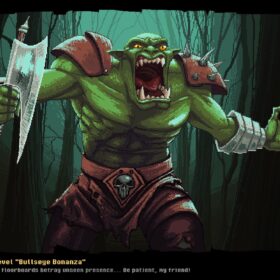
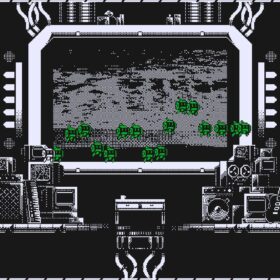
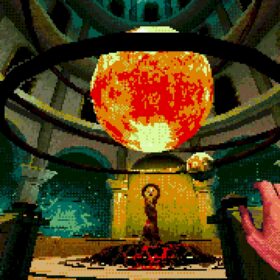

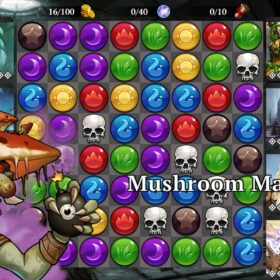
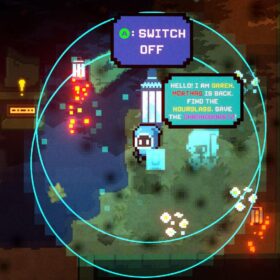


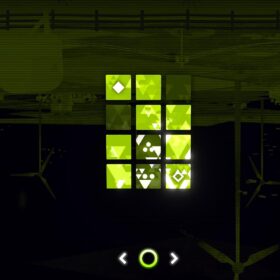
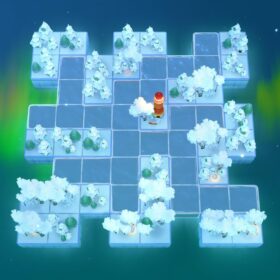
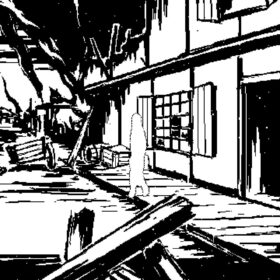

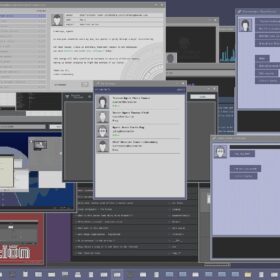

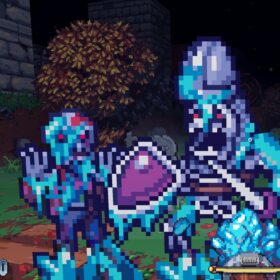
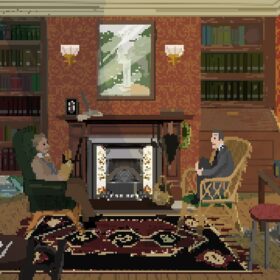
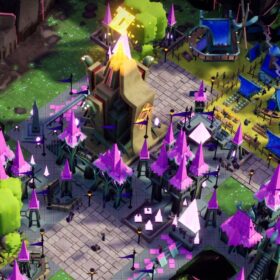
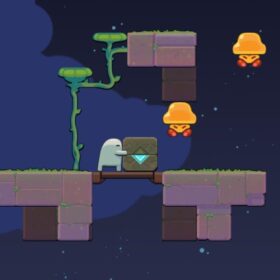
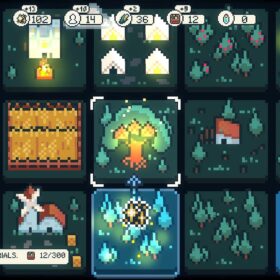

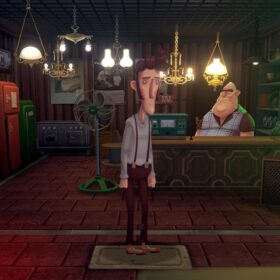
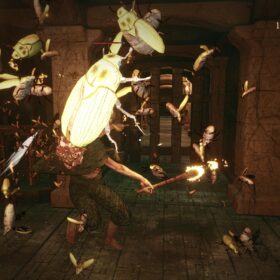

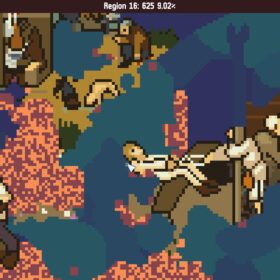
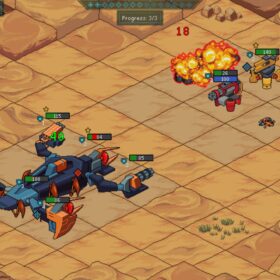

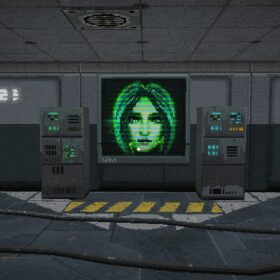
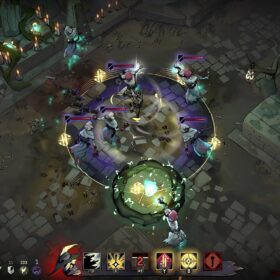
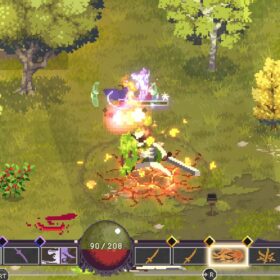
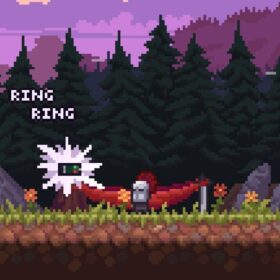
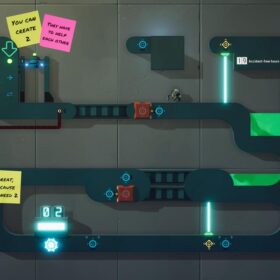
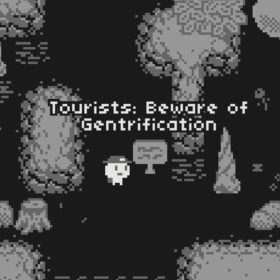

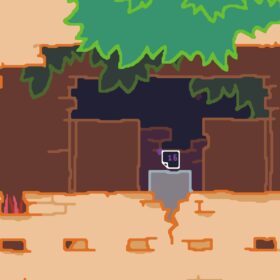
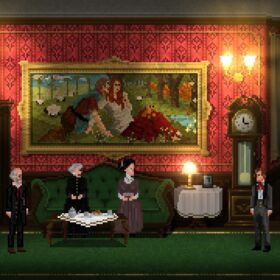

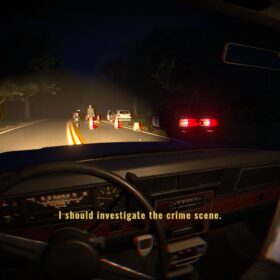
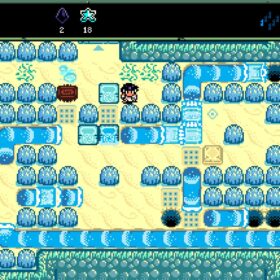
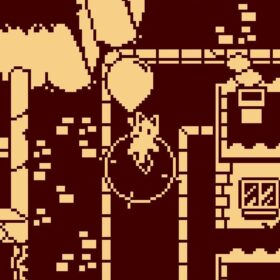
You got me reminiscing! Back in the day the various PC Magazines my dad purchased had freeware loaded on the CDs they came with, and occasionally games too. Your post reminded me of Special Agent:
https://archive.org/details/specialagent_201705
It’s a remake of a 1991 game by Apogee called Secret Agent that I’ve never played. I have no idea if it runs on modern systems and the site of the author (a David Newton) is long offline. A real shame as I got so much fun out of those 5 megabytes growing up. The best way I can describe it is as an objective-based platformer, with changing objectives per level. It was really hard and I never beat it, but it was thoroughly enjoyable. Thanks for the memories.
Aaaw… It doesn’t do the welcoming speech “Stay a while… Stay forever!” that I remember so vividly.
I probably played it on a Commodore64 then…
> It wasn’t a roguelite, although it’s entertaining to notice just how much it has in common with the modern vogue.
Well, Wikipedia says that Impossible Mission took inspiration directly from Rogue.
> You could save
And you think it is not a roguelite because of this? Permadeath defines the player, not the game! As a mainstream example, Diablo was intended to be played permadeath, but the devs have decided not to gatekeep. Nothing stops you from calling these games roguelite and playing them as intended! In most popular roguelikes permadeath is in fact somewhat optional too.